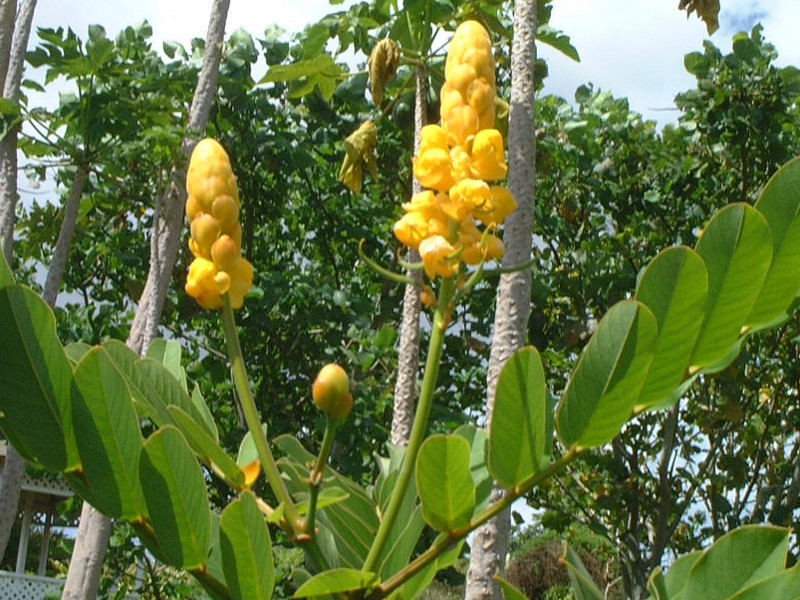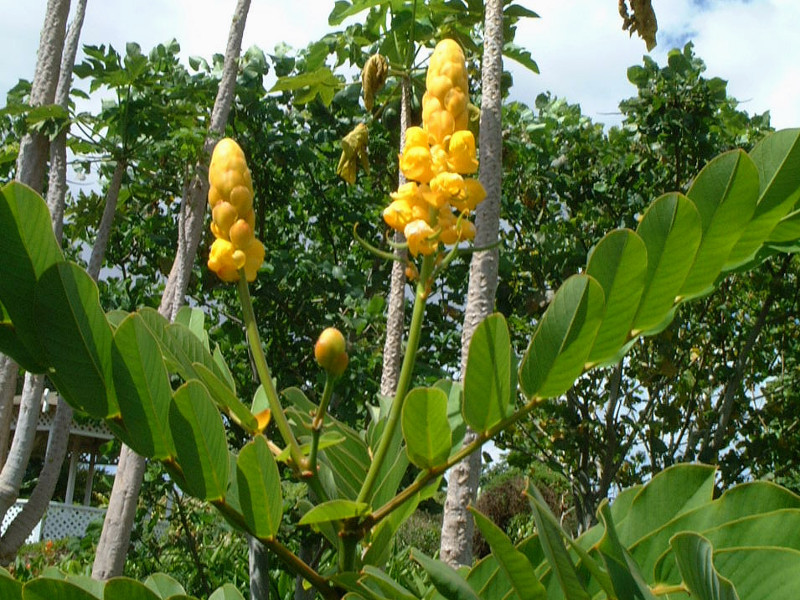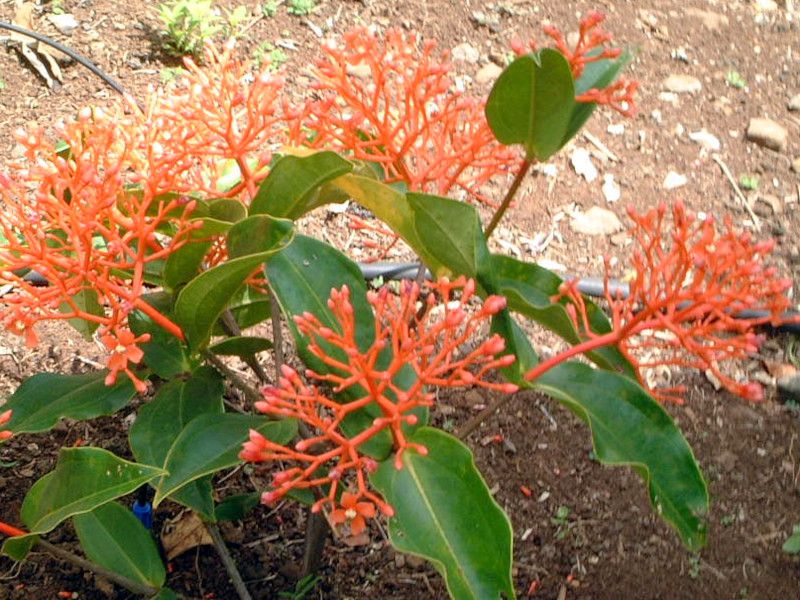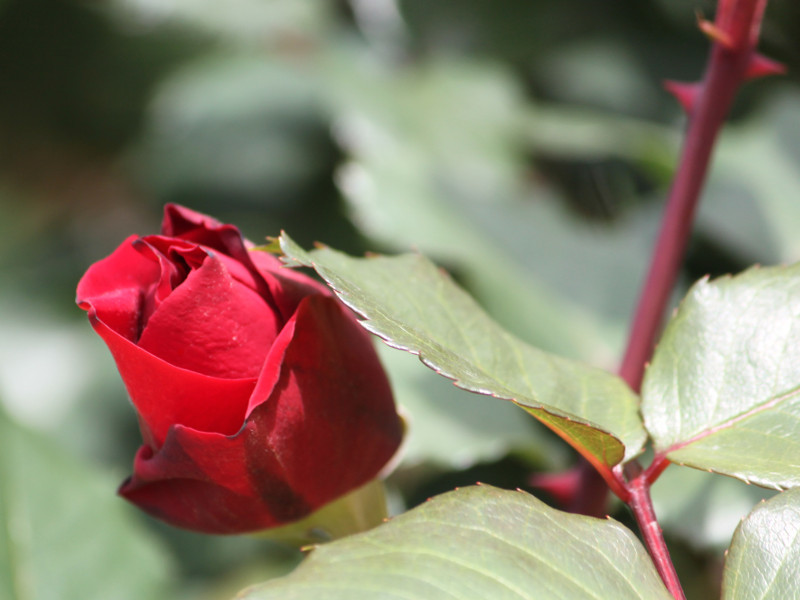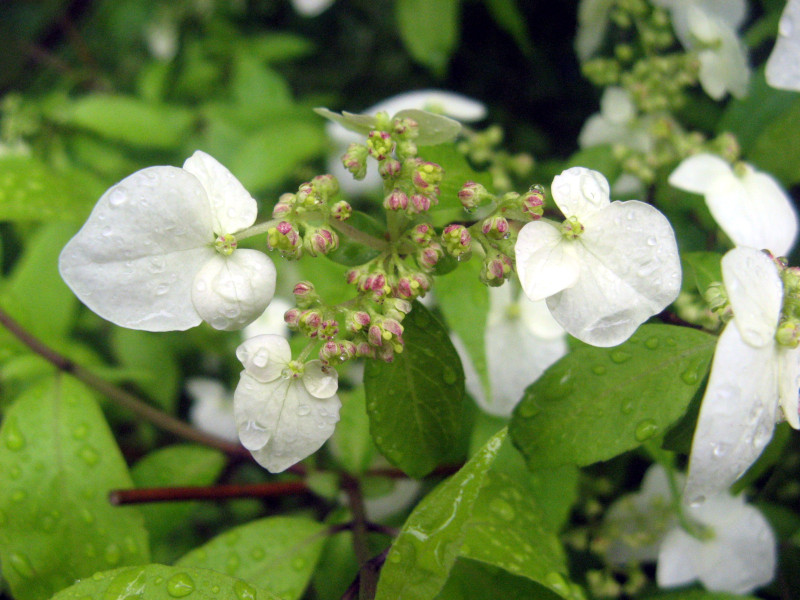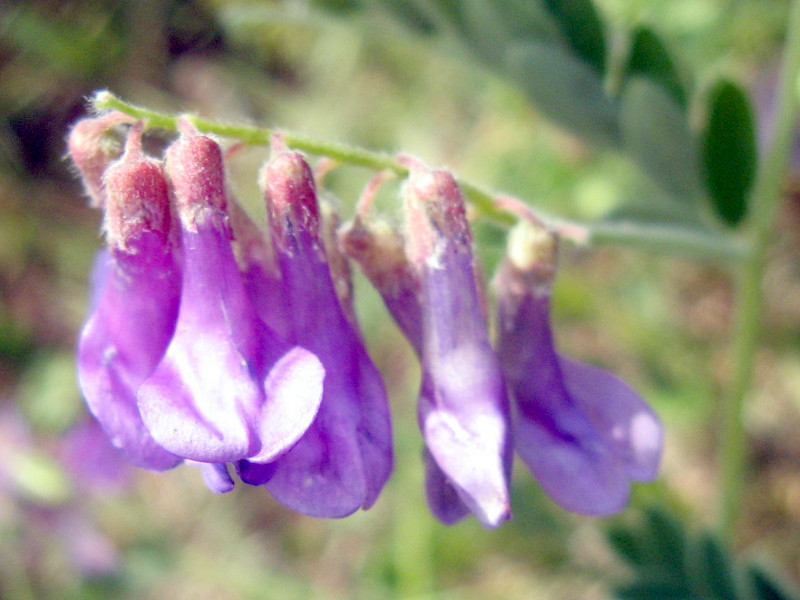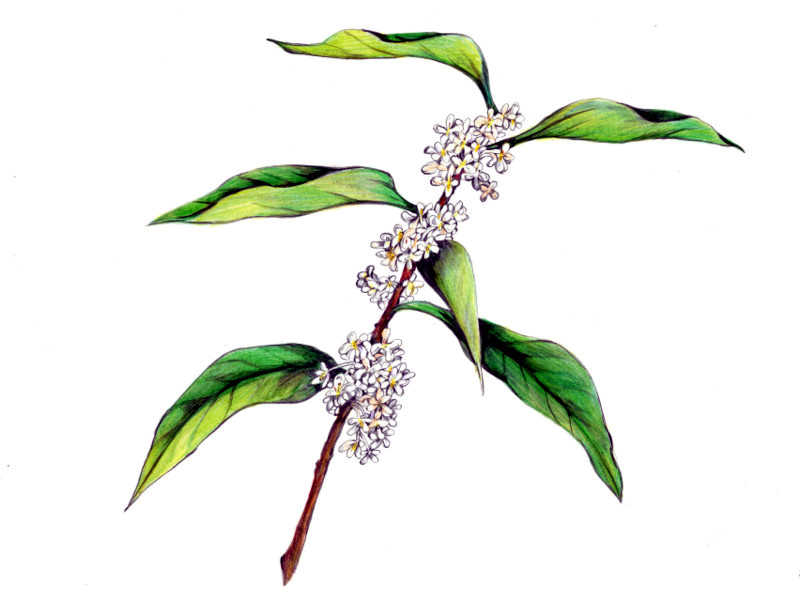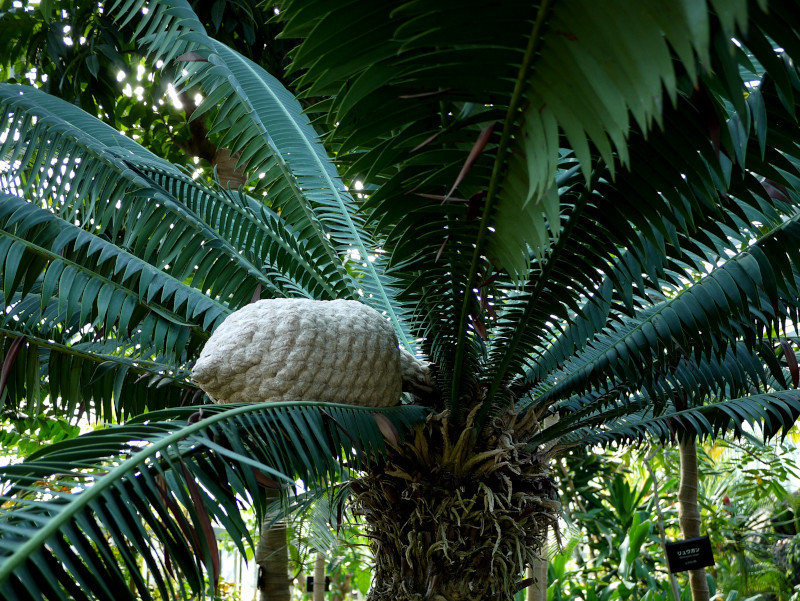Candle Bush
- Flower nameCandle Bush
- Scientific nameSenna alata
- Aliasハネセンナ, Candle bush, 羽根センナ
- Place of originWest Indies and tropical America
- Place of flowering
- Flowering seasonJune, July, August, September, October, November
What is Candle Bush
Candle bush (scientific name: Senna alata) is a deciduous shrub belonging to the West Indies and tropical America and belonging to the family Fabaceae. Trees spread sideways. Leaves are large feathered double leaves. The flower stalk is extended to the tip of the flower stem by about 30 cm, and yellow flowers are blooming. It is the origin of the name that the inflorescence shape looks like a candle. Although it is a leguminaceae, flowers are not a lip shape peculiar to the legume family, but five flowers. The fruit which becomes after the flower is legumes, there is a pair of wings, another name is called honey senna (feather senna). Besides making flowers and trees for ornamental shades and shades, leaves are used as skin diseases, laxatives, antiparasitics. It contains ingredients called "sennoside" throughout. Some leaves are included in health tea, and according to the National Life Center, attention was called that "When drinking in large amounts, there is a risk of causing diarrhea and abdominal pain".
Common name: Candle bush, Scientific name: Senna alata , Synonyms: Cassia alata, aka: candle bush, emperor's candlesticks, candelabra bush, Origin: West Indies, Tropical America, Japan: Amami Oshima south, Living type: Deciduous shrubs, tree height: 2 to 4 m, leaf color: green, leaf shape: wide feather Leaf length: 15 cm, Leaf width: 8 cm, Leaf order: Agaricus, leaf shape: long ellipse and rounded tip, flower color: bright yellow, inflorescence shape: rhinophyll flower, flower length: 30 cm, flowering period : June - November.
